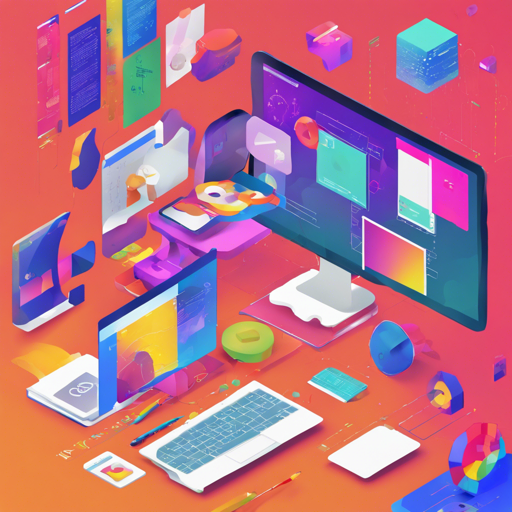In this blog, we’ll guide you step by step on how to set up and run the Kolors model, which distributes its output in Q4 file format. Let’s dive into the world of AI-powered image generation.
Prerequisites
Before you begin, ensure you have the following items ready:
- chatglm3-8bit.safetensors
- kolors.Q4.gguf
- Python installed (preferably Python 3.8 or higher)
- Access to a terminal or command line interface
Step 1: Download Necessary Files
First, you need to download the model files. Get the chatglm3-8bit.safetensors from Kijai. You should have both the following files after this step:
- chatglm3-8bit.safetensors
- kolors.Q4.gguf
Step 2: Install Required Packages
Next, you’ll need to install the required packages using pip. Run the following commands in your terminal:
pip install diffusers numpy transformers sentencepiecepip install gguf @ git+https://github.com/gerganov/llama.cpp.git@master#subdirectory=gguf-pyStep 3: Load and Configure the Model
Now it’s time for the magic. We’re going to load the model using Python. Think of it as setting up a new car; you must first assemble the parts before hitting the road!
import torch
from diffusers import KolorsPipeline, UNet2DConditionModel
import gguf
from gguf.quants import dequantize
import json
from safetensors.torch import load_model
from text_encoder.quantization import quantize
def load_unet_from_gguf(filepath):
sd = {}
reader = gguf.GGUFReader(filepath)
for item in reader.tensors:
xs = dequantize(item.data, item.tensor_type)
tensor = torch.tensor(xs)
sd[item.name] = tensor.to(dtype=torch.float16)
config = UNet2DConditionModel.load_config('.unet')
unet = UNet2DConditionModel.from_config(config).to(dtype=torch.float16)
unet.load_state_dict(sd)
unet.eval()
return unet
unet = load_unet_from_gguf('kolors.Q4.gguf') # Load UNet from GGUF
Step 4: Create and Run the Pipeline
In our analogy, think of the pipeline as the engine of your car. It’s the powerhouse that takes everything and produces output!
pipe = KolorsPipeline.from_pretrained('Kwai-Kolors/Kolors-diffusers', unet=unet, torch_dtype=torch.float16)
pipe.enable_model_cpu_offload()
image = pipe('cat playing piano', num_inference_steps=20).images[0]
image.save('cat.png')
And just like that, you’ll have an image of a **cat playing the piano** saved as cat.png in your directory!
Troubleshooting
If you run into any issues during setup or execution, consider the following troubleshooting ideas:
- Ensure all required files are downloaded correctly.
- Check your Python and package versions are compatible.
- If you encounter runtime errors, verify your paths and filenames are correct.
- Consult the error messages; they often provide hints on what went wrong.
For more insights, updates, or to collaborate on AI development projects, stay connected with fxis.ai.
Conclusion
At fxis.ai, we believe that such advancements are crucial for the future of AI, as they enable more comprehensive and effective solutions. Our team is continually exploring new methodologies to push the envelope in artificial intelligence, ensuring that our clients benefit from the latest technological innovations.

